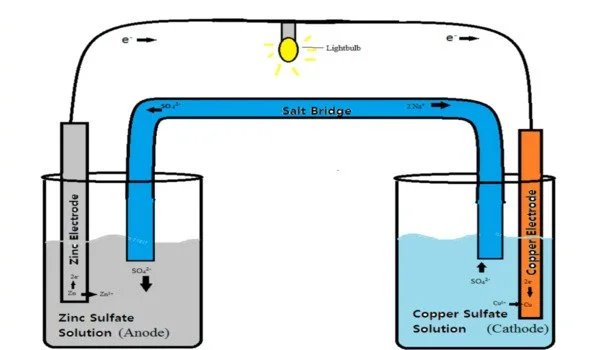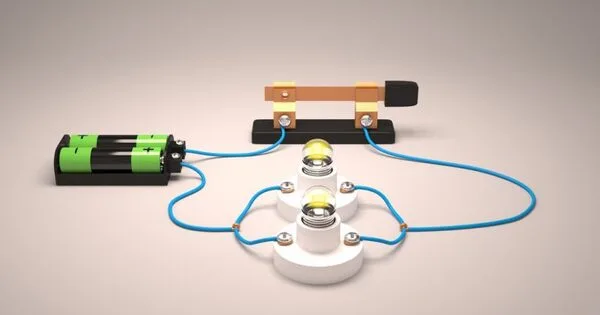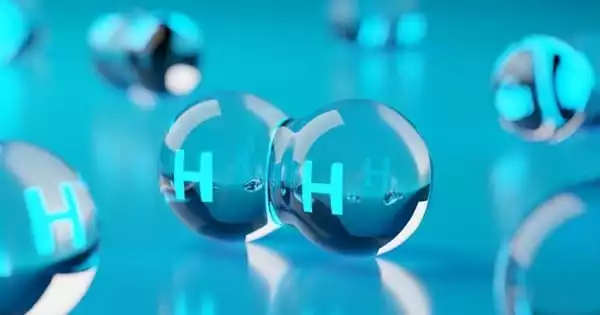A device or system that uses electricity to initiate, regulate, or monitor chemical processes is sometimes referred to as an electrical switch to control chemical reactions. Such switches are frequently utilized in a wide range of scientific, industrial, and technical applications.
To meet society’s needs, chemists must create novel synthesis processes to get new products that do not exist in their natural condition, such as new medications, greener fuels, and biodegradable polymers. A research group at the University of Geneva (UNIGE), in partnership with Cardiff University, has discovered how to use an external electric field to control and accelerate a chemical reaction, like a ”switch”.
This research, which will be published in Science Advances, has the potential to have a significant impact on the generation of novel molecules by enabling not only more environmentally friendly synthesis but also relatively simple external management of a chemical reaction.
Creating complex organic chemical compounds from simpler reagents is referred to as ”organic synthesis” in chemistry. Chemists combine tiny molecules in a series of reactions to produce the desired results.
‘This reactor is in the shape of a small box in which the reaction mixture can circulate between two electrodes, creating an electric field. The electrodes are 5 cm × 5 cm square plates arranged as closely as possible together. A quarter-millimetre-thick layer separates them.
Gutiérrez López
Organic synthesis is essential in the production of pharmaceuticals, polymers, agrochemicals, pigments, and fragrances. These following processes are incredibly precise and difficult to regulate. To keep resources to a minimum, the yield of each reaction step should be ideal. Improving control and simplifying the operation of these processes remains a major scientific problem.
”Any molecular transformation results from electrons – negatively charged elementary particles — moving from one place in a molecule to another,” explains Stefan Matile, full professor in the Department of Organic Chemistry at the UNIGE’s Faculty of Science and part of the National Centre of Competence in Research (NCCR) Molecular Systems Engineering, who led the study. Electrons can be influenced by an external electric field. It is therefore theoretically possible to electrically control chemical reactions. Although simple in principle and promising in terms of impact, this approach has come up against several limitations, and its few implementations have performed poorly.

A long-awaited breakthrough
Stefan Matile and his Cardiff University colleague, Professor Thomas Wirth, have successfully activated an organic chemical process using a simple electric field. They created an electrochemical microfluidic reactor to accomplish this. Their findings clearly demonstrate the relationship between the condition of the chemical reaction and the intensity of the applied electric field. This invention allows a chemical reaction to be triggered by just turning a switch.
”This reactor is in the shape of a small box in which the reaction mixture can circulate between two electrodes, creating an electric field. The electrodes are 5 cm × 5 cm square plates arranged as closely as possible together. A quarter-millimetre-thick layer separates them. ‘This sheet provides the flow channel for circulating the molecules between the electrodes,” explains ngeles Gutiérrez López, first author of the work and Ph.D. student in Stefan Matile’s lab.
Carbon nanotubes are used to cover the electrodes. The reactants interact weakly with the carbon nanotubes as they pass through the reactor, exposing them to the electric field. This causes the molecule’s electrical polarization, which activates the chemical change.
Towards greener activation of chemical reactions?
To create the desired chemical bonds with a high yield, chemists usually implement complex, multi-step strategies involving numerous intermediates. These strategies require important resources and energy. The new electrical device proposed by Stefan Matile and Thomas Wirth could simplify these strategies and thus reduce the carbon impact of chemical syntheses.
The device has the advantage of being simple to use. ”Our ‘reactor’ is similar to the particle accelerator at CERN in Geneva in certain aspects, but instead of speeding subatomic particles, it accelerates electrons during chemical changes,” Stefan Matile adds. Fundamental breakthroughs are still required to fully realize the device’s potential. However, in the not-too-distant future, this technology could be extended to organic chemistry, making the creation of medications, new fuels, or new plastics greener and more manageable.
















